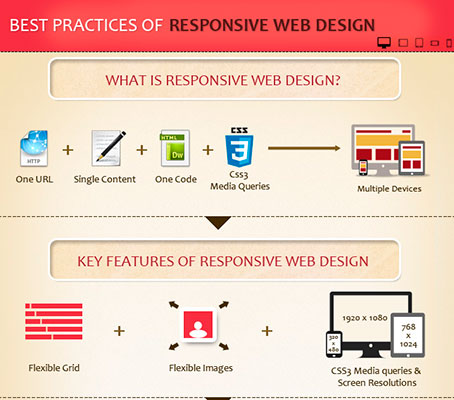The Growth Of Internet Site Layout: From Earlier Times To Currently
The Growth Of Internet Site Layout: From Earlier Times To Currently
Blog Article
Authored By-Pappas Bojesen
In the past, internet sites were easy and concentrated on information. Navigation was direct, and style was for desktop computers. Now, user experience is essential. Information guides layouts for simple navigating. Responsive designs suit various gadgets. Today, dark setting reduces stress, and minimalist menus enhance navigation. Interactive features involve individuals, and bold visuals stand out. AI integration boosts interaction. See just how design has progressed to enhance your on-line journey.
Early Days of Web Design
In the early days of web design, simpleness preponderated. https://dot.la/gr0-presents-7-tips-to-dominate-seo-for-your-brand-2657151912.html were basic, with restricted shades, fonts, and formats. The focus was on offering information instead of showy visuals. Customers accessed the internet with slow-moving dial-up links, so speed and functionality were vital.
Navigating food selections were straightforward, typically located at the top or side of the web page. Websites were made for home computer, as mobile surfing had not been yet widespread. Material was king, and developers focused on easy readability over intricate style elements.
click for info was the primary coding language made use of, and designers had to work within its restraints. Animations and interactive attributes were very little compared to today's criteria. Web sites were static, with little dynamic material or personalized customer experiences.
Increase of User-Focused Style
With the development of website style, a change in the direction of user-focused design principles has actually come to be increasingly famous. Today, developing sites that focus on user experience is critical for engaging site visitors and attaining organization objectives. User-focused style includes recognizing the needs, choices, and behaviors of your target market to customize the website's design, material, and features as necessary.
Designers now perform complete research, such as individual surveys and use screening, to collect insights and responses directly from customers. This data-driven technique aids in producing intuitive navigation, clear calls-to-action, and visually enticing interfaces that resonate with visitors. By placing the user at the center of the style procedure, websites can provide a much more personalized and satisfying experience.
Responsive layout has actually likewise emerged as a key facet of user-focused layout, guaranteeing that websites are maximized for numerous gadgets and screen sizes. This versatility improves access and use, satisfying the diverse methods users engage with sites today. In essence, the increase of user-focused style signifies a change in the direction of creating electronic experiences that focus on the demands and assumptions of completion customer.
Modern Trends in Web Design
Discover the most up to date patterns forming web design today. One famous trend is dark mode style, using a sleek and modern look while reducing eye stress in low-light environments. An additional vital pattern is minimal navigation, streamlining menus and improving user experience by focusing on essential elements. Integrating micro-interactions, such as computer animated switches or scrolling results, can produce a much more engaging and interactive site. Responsive layout continues to be critical, making certain seamless individual experiences across different devices. Furthermore, making use of bold typography and asymmetrical designs can include aesthetic rate of interest and draw attention to particular content.
Integrating AI innovation, like chatbots for customer assistance or customized recommendations, improves customer interaction and improves processes. Ease of access has also come to be a substantial pattern, with designers prioritizing inclusive style practices to satisfy diverse individual demands. Welcoming sustainability by maximizing site performance for speed and effectiveness is an additional emerging pattern in website design. Collaborating with user feedback and data analytics to iterate and enhance style continuously is necessary for staying relevant in the ever-evolving digital landscape. By welcoming these contemporary trends, you can produce an aesthetically enticing, user-friendly website that reverberates with your target market.
Verdict
As you reflect on the evolution of site layout from the early days to now, you can see exactly how user-focused style has actually ended up being the driving force behind modern trends.
Embrace the journey of adjustment and adjustment in web design, constantly maintaining the individual experience at the center.
Tippingpointdigital
Remain current with the latest trends and technologies, and never ever stop developing your approach to produce aesthetically stunning and easy to use web sites.
Progress, adjust, and develop - the future of web design remains in your hands.
